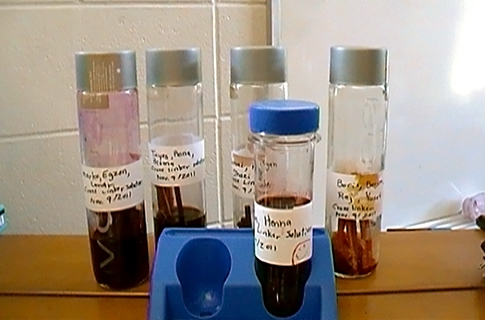Type and Purpose of Learning
Students take risks and respond to different situations through adventure play-based learning as they explore the possibilities of combining various substances. Through construction learning, students use logic and reasoning skills to pre-plan, design and solve problems, experimenting with materials along the way.





